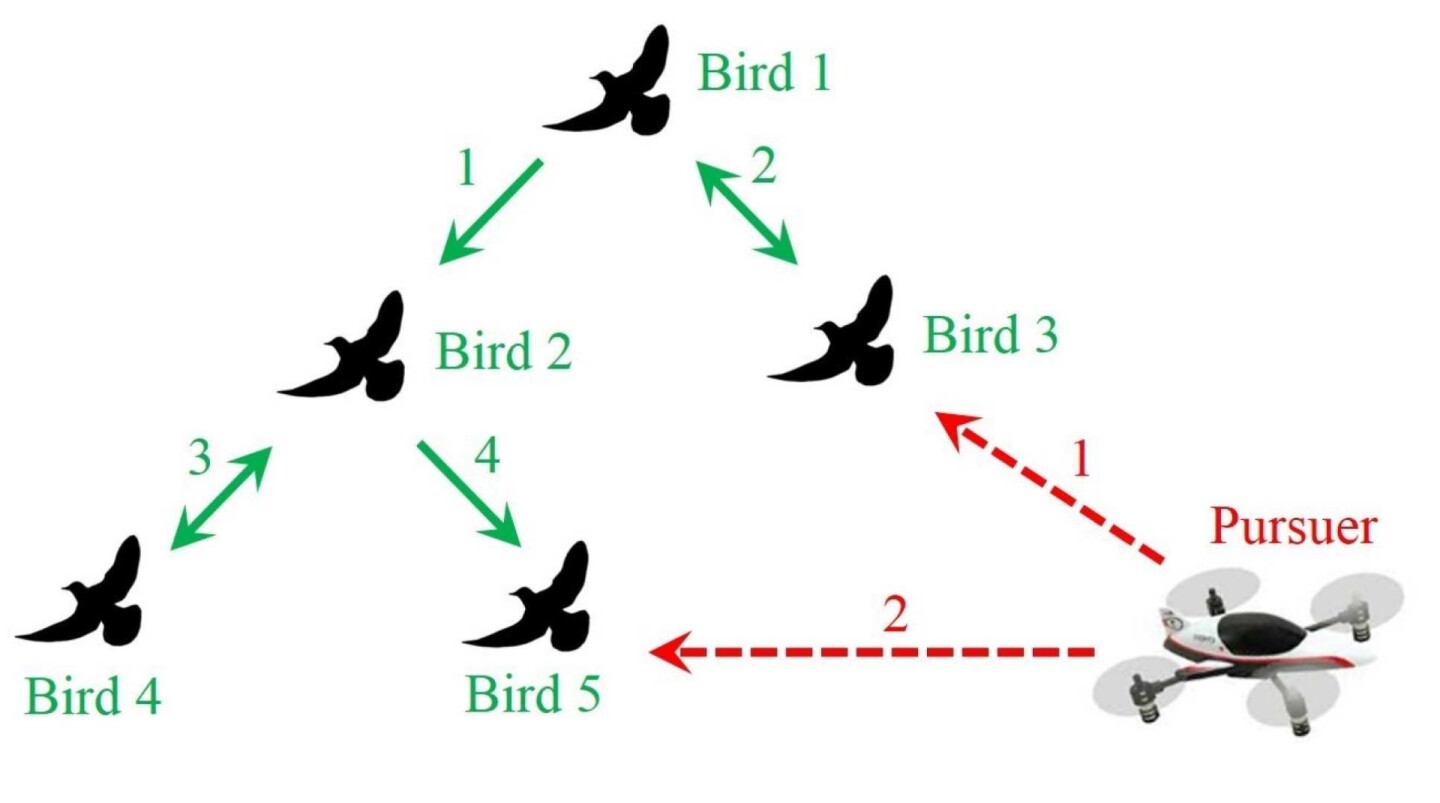A lot has been made of the dangers of drones mixing with other aircraft, but one team of engineers is exploring how they can help guard planes from threats rather than present new ones. The work centers on a new algorithm developed specifically to allow a drone to shepherd birds away from flight paths like robotic aerial sheepdogs, and the early results suggest that this could prove an effective way to cut costs and improve safety.
Collisions between planes and birds create all sorts of problems, the obvious danger and harm they cause to animal life aside. They mostly strike the aircraft in the engine or windows of the cockpit, and when they do, the pilot is forced to land at the nearest airport to check for damage. This means passengers need to be booked on other flights, which comes at a huge cost.
In the UK alone, there were 1,835 confirmed bird strikes in 2016. In North America, bird strikes cost airlines an estimated US$500 million a year.
Existing solutions include deploying trained falcons, using recordings of predatory birds, or flying a human-controlled drone into the area to scare the birds away. Now scientists at Imperial College London, together with researchers from Caltech and the Korea Advanced Institute of Science and Technology (KAIST), may have come up with a better way.
The effort began with mathematical modeling of the way flocks of birds behave. This involved the dynamics of how the flocks build, how they are maintained, how they respond to threats at their edges and then how that threat is communicated throughout the flock.

Based on this modeling, the team then built a herding algorithm that programs flight paths for a drone, specifically laid out to drive birds away from a designated airspace. It does this both without harming the flock and without causing it to disperse. The algorithm was put to the test on flocks of loons and egrets, with the herding drone carrying out a series of maneuvers around the flock to push them away from the protected airspace, while other drones hovered above to film the action for the team's observations.
The team found the approach worked well, successfully shepherding flocks of different sizes away as desired. The researchers had expected that the larger the flock, the more difficult it would be to herd, and they were right. The next steps involve looking at how multiple drones can both be used to shepherd larger flocks, and multiple flocks at the same time.
"These are exciting findings," said Dr Aditya Paranjape from Imperial College London's Department of Aeronautics. "We hope that our study will give airport authorities the incentive to seek and develop autonomous drone-based solutions."
The research was published in the journal IEEE Transactions on Robotics, while the video below provides and overview of the technology.
Source: Imperial College London






